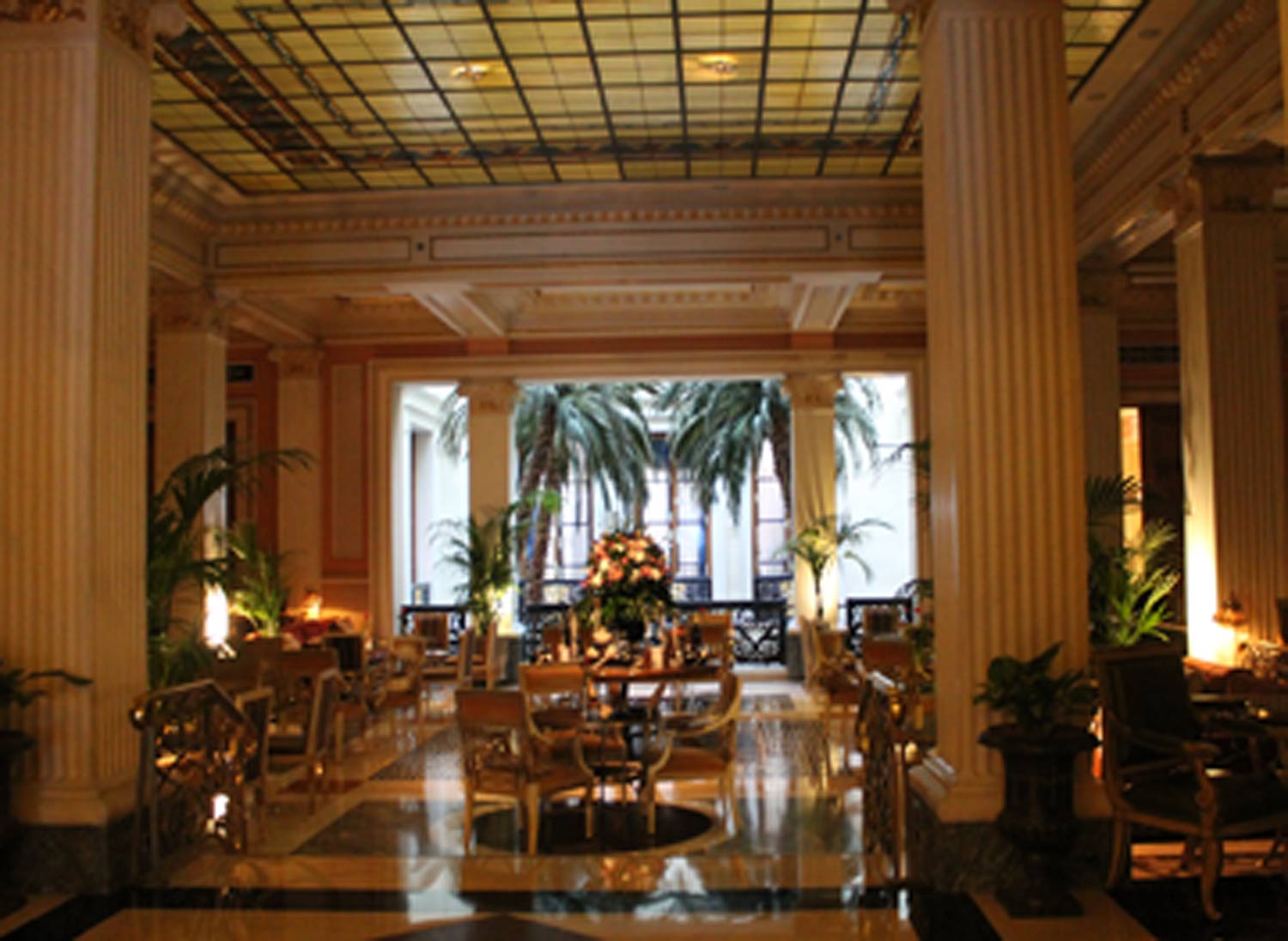We reached downtown Athens in the dark, somewhere around eight o’clock on Wednesday night. We were staying at a hotel called the Grande Bretagne, a lovely, but expensive, hostelry. It is located on the edge of the Plaka, or old city, and steps away from the Greek parliament building. Once we stashed our luggage and checked out our room we planned to take a walk and maybe think about dinner.
But first we had to figure out how we were going to spend the next day.
Cunard had organized a bus tour of Athens culminating in the Acropolis for Friday morning, so we were free to use the next day in whatever way we wanted, making it a kind of bonus day. Once again those pesky distance perceptions of mine were going to be turned on their head.
One of the options was a day tour to Mycenae and Epidaurus in the Peloponnese. The Peloponnese is the big landmass connected to the Greek mainland by the narrow Isthmus of Corinth. Essentially the Peloponnese is a big island with a land bridge to the mainland. When I’d studied the Mycenaean and Minoan cultures at university, I’d been learning about a time period that had bad or no roads and most people walked to get around. Mycenae was far away from Athens.
Well, not any more. The tour to Mycenae included a stop at the Gulf of Corinth to see the Corinth Canal, then Mycenae in the morning, a break for lunch and Epidaurus in the afternoon. Sure it was an all day tour, but still …
The other option was to stay in Athens and visit the other sites we wouldn’t see on the tour. I have to admit it didn’t take long to weigh the options and make the decision. Mycenae had been one of the places I wanted to visit on our trip, but didn’t think we’d be able to. Though Athens beckoned, Mycenae lured.
We booked the tour as we headed out for dinner.
